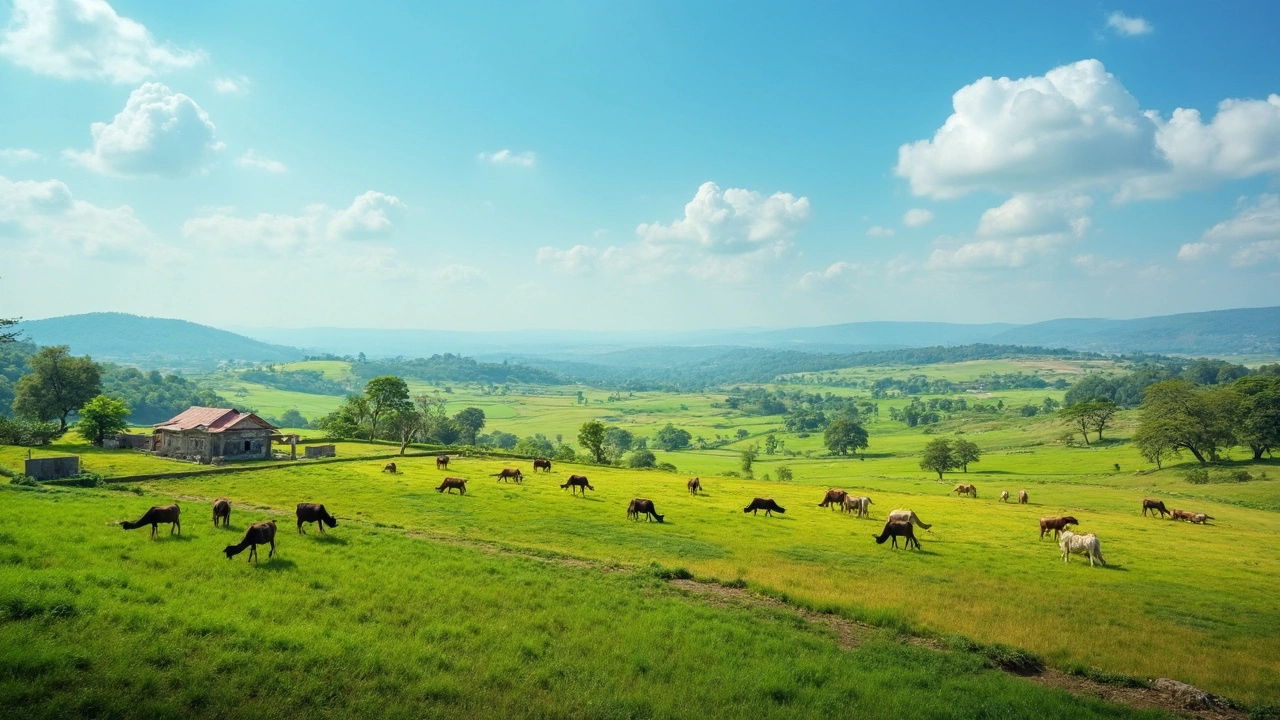Acres of a Ranch – Your Quick Guide to Finding the Right Ranch Land
Thinking about owning a piece of the countryside? Whether you want space for cattle, a weekend getaway, or a hobby farm, the first step is figuring out how many acres you actually need. It’s not just a number on a map – the size determines what you can do, how much it costs, and what kind of maintenance you’ll face.
Key Factors When Choosing Ranch Acres
Start with the purpose. If you’re raising livestock, you’ll need enough pasture for grazing. A rule of thumb is 1.5 to 2 acres per head of cattle, but this changes with climate and soil quality. For a hobby farm or just a private retreat, you might be happy with 5‑10 acres of mixed land.
Location matters just as much as size. Proximity to markets, roads, and utilities can cut down on travel time and operating costs. Check the nearest town for supplies and services – a ranch 30 miles away can feel completely different from one 5 miles out.
Water is the lifeline of any ranch. Look for reliable sources: wells, streams, or ponds. Test water quality early; a cheap parcel without water can become a costly project.
Soil type decides how well your land will support pasture or crops. Sandy soils drain fast but may need more fertilizer, while clay holds moisture but can get muddy. A quick soil test from your county extension office can save you headaches later.
Steps to Buy Ranch Land
1. Set a realistic budget. Besides the purchase price, factor in taxes, insurance, and any improvements you’ll need (fencing, water systems, road grading). A good starting point is to allocate 20‑30% of the total cost for these extras.
2. Search listings. Use sites that specialize in ranch real estate and filter by acreage, price, and water access. Don’t forget to check local classifieds and talk to agents who focus on agricultural properties.
3. Visit the property. Walk the land, ride a horse or ATV if you can, and look for signs of overgrazing, erosion, or drainage issues. Talk to neighbors – they often know the land’s history better than anyone else.
4. Do a title check. Ranches sometimes have easements, mineral rights, or grazing agreements attached. Make sure you understand every restriction before signing.
5. Arrange financing. Not all banks offer ranch loans, but many agricultural lenders do. Be ready to provide a solid business plan if you’re buying for livestock, as lenders like to see how you’ll generate income.
6. Close the deal. Have a real estate attorney review all documents. Double‑check that water rights and any existing structures are included in the sale.
After closing, start with a few practical steps: repair fences, map out pasture rotation, and set up a water system if needed. Small improvements early on can boost the land’s productivity and resale value.
Owning acres of a ranch is a long‑term commitment, but it can also bring freedom, income, and a lifestyle many dream about. Keep the focus on what you want to achieve, stay realistic about costs, and use these steps to make the process smoother.
Ready to start hunting for your perfect ranch? Grab a map, list your must‑haves, and dive into the listings. The right acres are out there – you just have to know what to look for.
How Many Acres is a Ranch? Exploring the Ideal Ranch Size
by Arjun Mehta Mar 19 2025 0 VillasWhen it comes to ranches, size matters, but there's no one-size-fits-all answer. Ranches can range from small parcels of 10 acres to sprawling thousands of acres. Understanding the purpose, location, and budget are crucial when determining the right ranch size for your needs. Whether you're considering cattle ranching or a peaceful retreat, grasping the acreage requirements will help tailor your purchase.
READ MORE